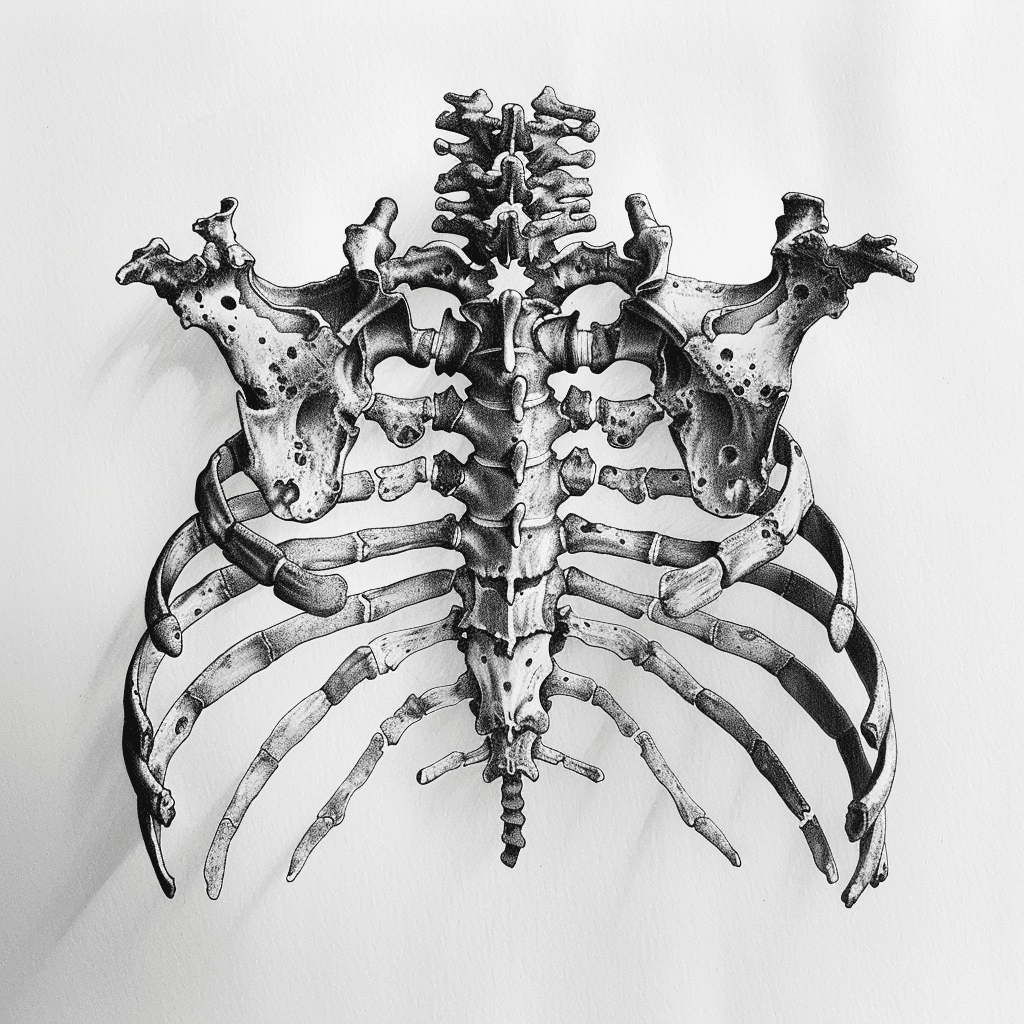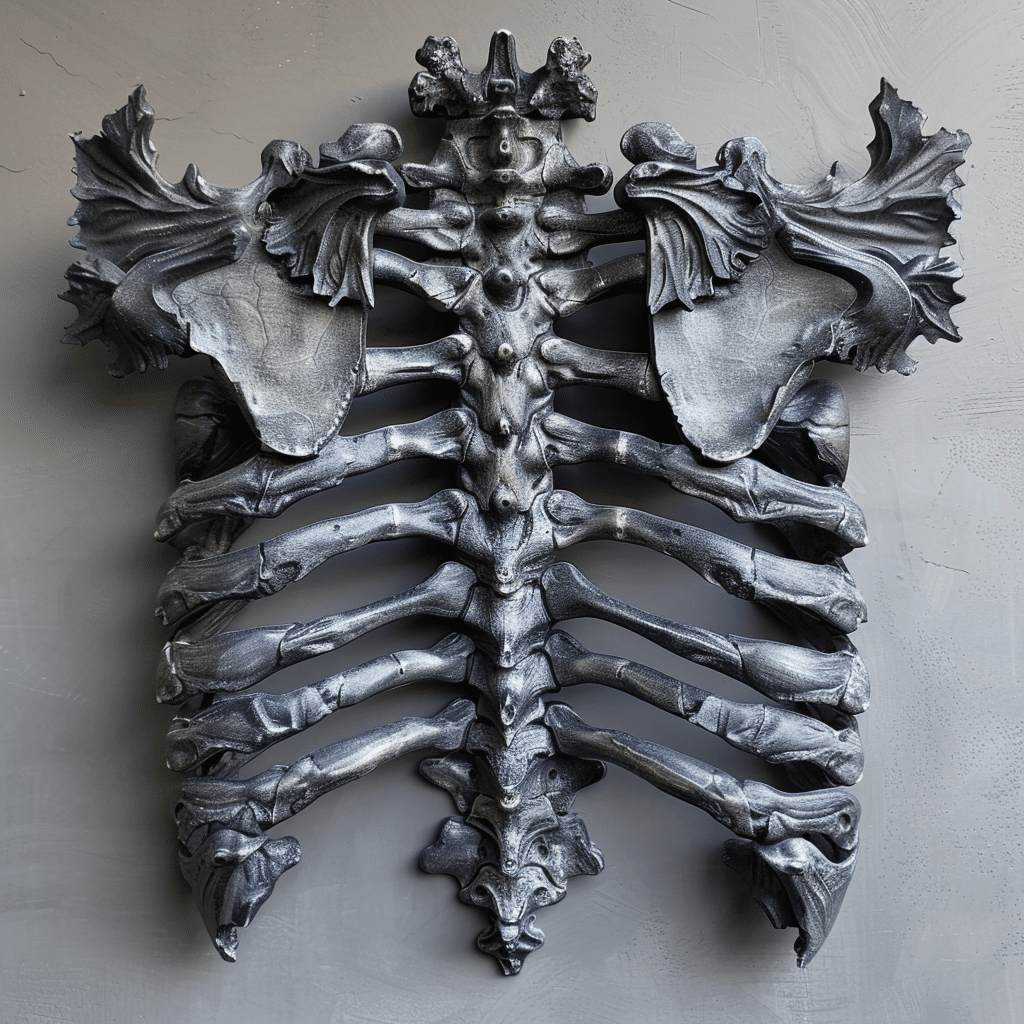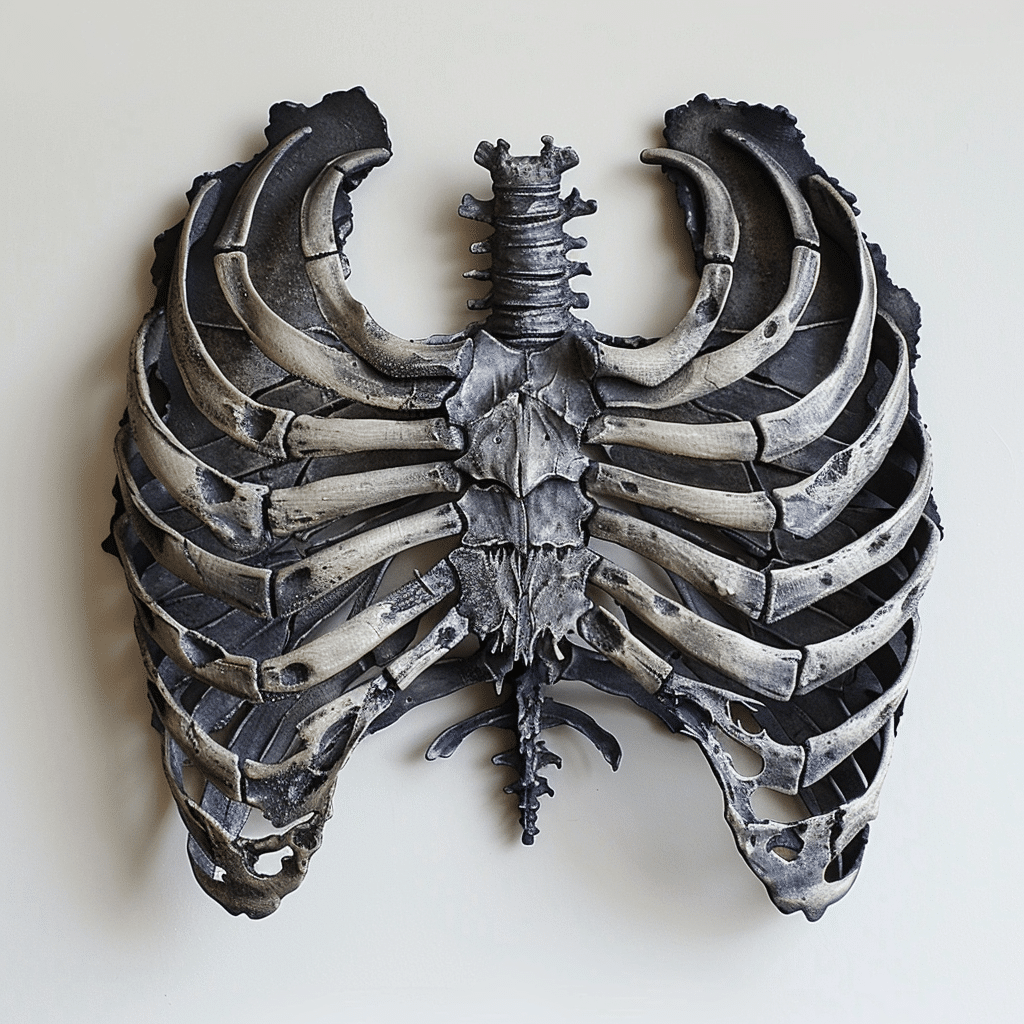The Truth Behind Sternum Rubbing: Decoding the Practice
What is Sternum Rubbing and Why is it Used in Medicine?
Imagine an emergency room scenario where doctors are scurrying about, making split-second decisions that could mean the difference between life and death. Amidst this organized chaos, one particular method stands out for gauging a patient’s level of consciousness: sternum rubbing.
Sternum rub, also known as sternal rubbing, is a technique to test an unconscious person’s responsiveness. By giving a firm rub on the sternum, the flat bone in the middle of the chest, medical professionals look for a reaction to this painful or noxious stimulus. As of June 8, 2023, it remains a staple in quick neurological assessments.
Dating back to emergency medical practices from decades past, the process hasn’t changed much: the clinician rubs knuckles firmly against the patient’s sternum applying what’s known as a central painful stimulus. It’s as straightforward as a shoulder push-up but is intended for a very different purpose.
Protocols still commonly dictate its use, given the immediate feedback it provides in assessing a patient’s responsiveness, but the conditions that cause pain in the sternum are much more than this practice—ranging from injuries to bronchitis, or the “grating” sound of a pleural rub caused by conditions such as pleuritis.
The Startling Reality Behind Sternal Rubbing’s Efficacy
When it comes to sternum rubbing, there’s a thin line between utility and controversy. Research indicates that sternal rubbing as part of a medical diagnostic toolkit does provoke a response, providing valuable information on a patient’s neurological status. But is it the best we can do?
A comparison with other consciousness-assessing techniques, such as a firm tap on the shoulder or monitoring eye movements, has sparked debate. Some experts praise the sternum rub’s decisiveness, while others question its sensitivity and specificity.

Misconceptions and Overuse of the Sternum Rub in Emergency Situations
Layperson scenes in gangster Movies might show tough characters using sternum rubbing to rouse unconscious accomplices, perpetuating myths such as its infallibility. Yet, medical experts are quick to point out scenarios where it’s inappropriate, such as in the case of patients with potential spinal injuries or those who are responsive to verbal commands.
Misuse could lead to accidental harm, such as pre-sternal abrasion, and can overshadow less invasive methods that are equally informative. A further misconception is equating a lack of response to being in a comatose state, which isn’t always accurate.
The Painful Side of Sternum Rubbing: Patient Experiences
For those on the receiving end, a sternum rub can be a jarring experience. Described by some as akin to the discomfort of swelling inside a piece of Swiss gear luggage—unseen but keenly felt—the procedure is, by design, meant to cause pain to elicit a reflexive response.
From an ethical standpoint, it’s a tough pill to swallow. Patient experiences and their pain responses matter, demanding that we question and seek out less painful, yet still effective, alternatives.
Technological Advances: The Rise of Alternatives to the Sternum Rub
With advancements in medical technology, the sternum rub is slowly losing ground. New diagnostic tools promise effectiveness without the pain, yet their adoption is a dance—two steps forward, one step back—as the healthcare community grapples with old habits dying hard.
When comparing the sternum rub to these new technologies, what shines through is not only a potential increase in patient safety but also in dignity.
Legalities and Policies: How Sternal Rubbing is Regulated
Legislation on medical practices is seldom black and white, and sternal rubbing is no exception. Clinical guidelines are often reactionary, evolving in response to case studies and advocacy campaigns that highlight the need for change.
Updates in policy often precipitate shifts in practice, with medical boards and patient advocacy groups at the helm. These bodies delve into the real estate Questions of medical ethics: Who owns the right to decide what’s best for patients?
Training and Education: Preparing Future Medical Professionals for Responsible Sternal Rubbing Use
On the frontlines of change, medical educators focus on instilling a responsible approach to sternation rubbing in their students. Contemporary curriculum development includes leveraging medical simulations and creating content that aligns with best practices.
Interviews with these educators reveal a dedication to ensuring future healthcare professionals understand not only how to perform a sternum rub but also when it’s justified and what the less painful alternatives are.
A Mother’s Perspective: Advocacy and Raising Awareness About Sternal Rubbing
MothersAgainstAddiction.org resonates deeply with the oft-overlooked narrative in the sternum rubbing discourse. The pain of watching a child struggle with addiction—and treatments like sternum rubbing during overdose emergencies—compels them to campaign for a practice overhaul.
Their advocacy is transcendent, pushing beyond personal tragedies to challenge the medical establishment. They champion campaigns that spark real change and foster collaborative efforts to address Signs Of heroin use, the devastating trek through heroin withdrawal, and the dark, drawn-out timeline of fentanyl withdrawal.

Conclusion: The Continuing Journey Toward Ethical Practice
In concluding, the discourse on sternum rubbing is emblematic of a larger theme in medicine: an unremitting journey toward ethical practice. This is the crux where compassion meets science, where advocacy spurs action. As we look to the future, a landscape emerges where patient responses to stimuli like the sound of fresh snow underfoot or the grip of Swiss gear luggage are obtained without inflicting unnecessary pain.
Engaging with the truths behind sternum rubbing means joining a chorus that sings for the dignity and safety of patients. It’s this chorus that will continue to challenge norms and make medical care not just a science of healing, but also an art of humanity.
The Ins and Outs of Sternum Rubbing
Hey, folks! Gather ’round, ’cause we’re about to dive into the nitty-gritty of something you probably don’t chat about every day: sternum rubbing. This action, which can seem pretty intense, is chock-full of surprising tidbits. So fasten your seatbelts — we’re in for a wild ride!
Here’s the Rub
First off, let’s tackle what sternum rubbing is all about, shall we? This isn’t your typical shoulder push-ups type of exercise; it’s way more serious than that. Medically, it’s a sternal rub, used to assess a person’s level of consciousness. Basically, it’s when a healthcare pro presses knuckles against the middle of your chest — yep, the ol’ breastbone — to see if you’ll wake up from an unresponsive state!
The Jolt You Never Knew You Might Need
Did somebody just say “ouch”? Well, you’re not wrong. The pressure from a sternum rub can feel, let’s say, less than pleasant. It’s designed to provoke a response in folks who are snoozing a bit too hard, typically in emergency or overdose situations. And speaking of which…
A Lifesaver During Overdoses
Alright, brace yourself for a little sobering fact. When it comes to scenarios like How long Does heroin last in someone’s system, sternum rubbing has sometimes been the difference between life and death. This not-so-gentle wake-up call is a way to check if someone’s really out of it due to substances, giving first responders critical info about the person’s condition.
Not a One-Trick Pony
But sternum rubbing isn’t just for drug-related emergencies. Nope, it’s also a trick up the sleeve in many other medical tizzies — like if someone’s taken a nasty fall and isn’t waking up. It’s the doc’s way of saying, “Hey, anyone home?”
Fentanyl and the Friction Fix
Okay, so we’ve all heard about the opioid crisis, right? What about How long Does fentanyl withdrawal last? Well, when good ol’ sternum rubbing joins the party, it’s another tool to assess someone’s state when they’re grappling with the grip of fentanyl withdrawal. Not exactly fun to think about, but super important.
No Pride in Pain
Listen up, ’cause this bit is far from black and white. There’s as much variety in reasons for sternum rubbing as there are shades in the lesbian flag. It stands as a universal, non-discriminatory response across the board — used to help anyone, regardless of why they’re in need.
There’s a Time and a Place
Last but not least, sternum rubbing isn’t your go-to for every little slumber. It’s intense, you see, and not for the faint of heart. There’s a time and a place, and that time is definitely not when your buddy falls asleep on the couch during movie night.
So there you have it, a neat package of surprising deets about sternum rubbing. Who knew a bit of chest-prescribed friction had so much going on behind the scenes? Stay tuned and stay informed, ’cause knowledge, my friends, is a powerful thing.

Is sternal rub painful?
– Oh boy, a sternal rub can indeed be a wake-up call! This little number, done by rigorously rubbing the knuckles on the sternum, is no walk in the park. It’s meant to be painful, right at the core of the body, to get a response from someone who’s out cold. So, yeah, it’ll make you say “ouch”!
Can a sternum rub cause damage?
– You’d think a quick rub wouldn’t hurt a fly, but hold on there! A sternum rub, if not done right, can cause some real trouble like presternal abrasion. So, it’s kinda like walking a tightrope—it’s gotta be firm, but not so harsh that you end up with a scraped chest.
Is sternal rub allowed?
– Allowed, you ask? Absolutely—but only when it’s really needed. The sternum rub is a go-to move for the pros when they need to see how with-it an unresponsive person is. However, just because you can, doesn’t mean you should go around rubbing everyone’s sternum; it’s for emergencies, not your next party trick.
When I rub my sternum it hurts?
– Sounds like you’re in a bit of a pickle if your sternum’s giving you grief when you rub it. Lots of things could be the culprit, like a fender bender or even a nasty cough from bronchitis. Keep an eye on it though—sometimes it’s just the pipes acting up, but other times, you might want to call for backup and see a doc.
Is a sternal rub assault?
– You’ve hit the nail on the head—context is everything! In medical emergencies, a sternum rub is a must-do to check if someone’s lights are on. But if you’re just doling out sternum rubs willy-nilly, then yep, you could be crossing a line into assault territory. Best to keep your knuckles to yourself unless you’re saving a life.
What if someone is unresponsive to the sternal rub?
– If someone’s giving you the silent treatment after a sternal rub, it’s time to hit the panic button. This is serious biz—it means they’re not just taking a nap, but could be in a real pickle. Time to call in the cavalry and get some medical pros on the scene, stat!
Does sternum hurt when pressed?
– If your sternum’s hollering when you press on it, something’s not tickety-boo. From an ouchie like an injury to indigestion woes, your sternum shouldn’t put up a fuss when you give it a poke. Keep tabs on it and if it’s really cramping your style, a check-up might be on the cards.




























